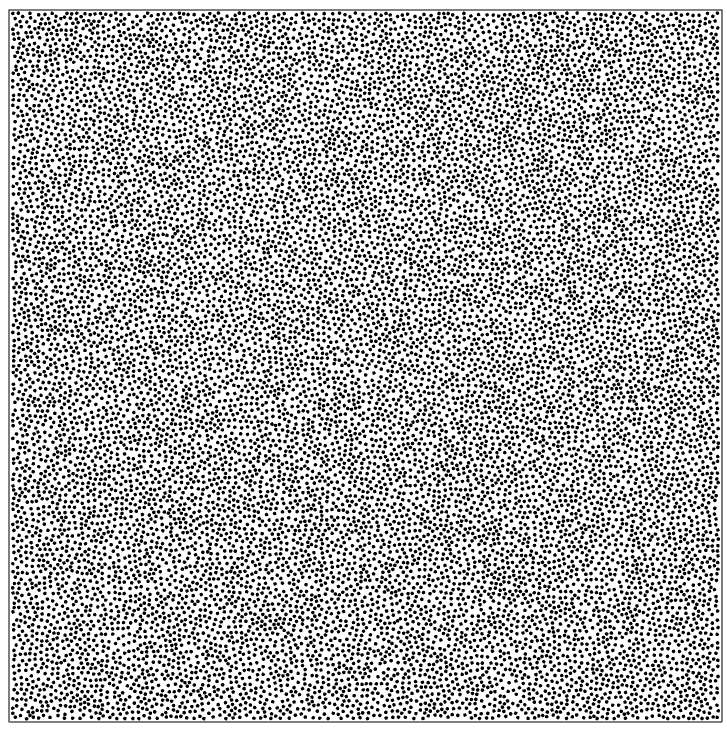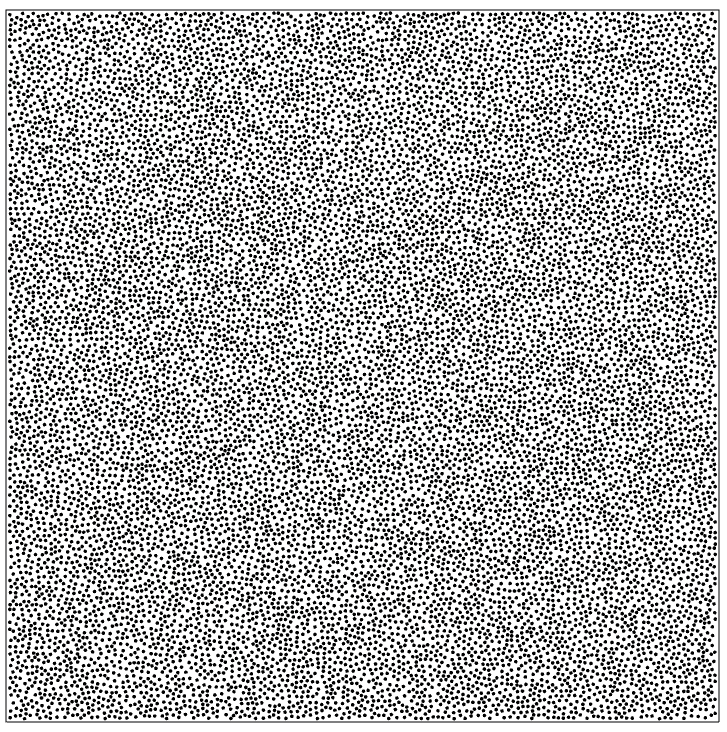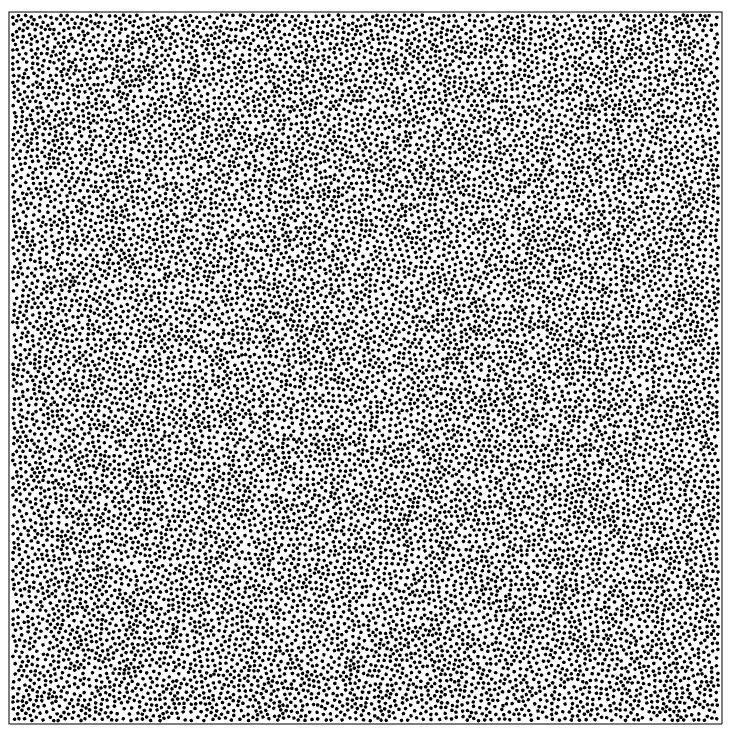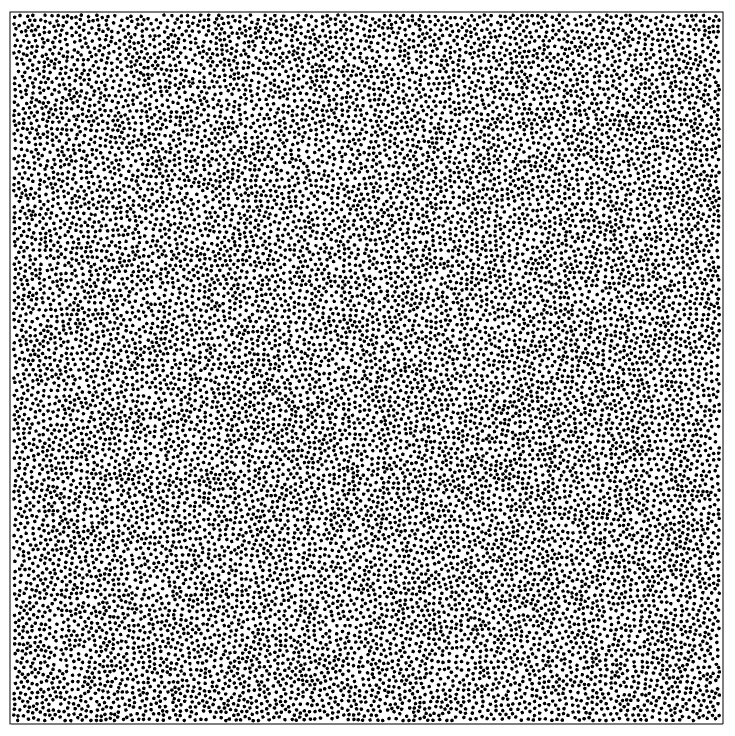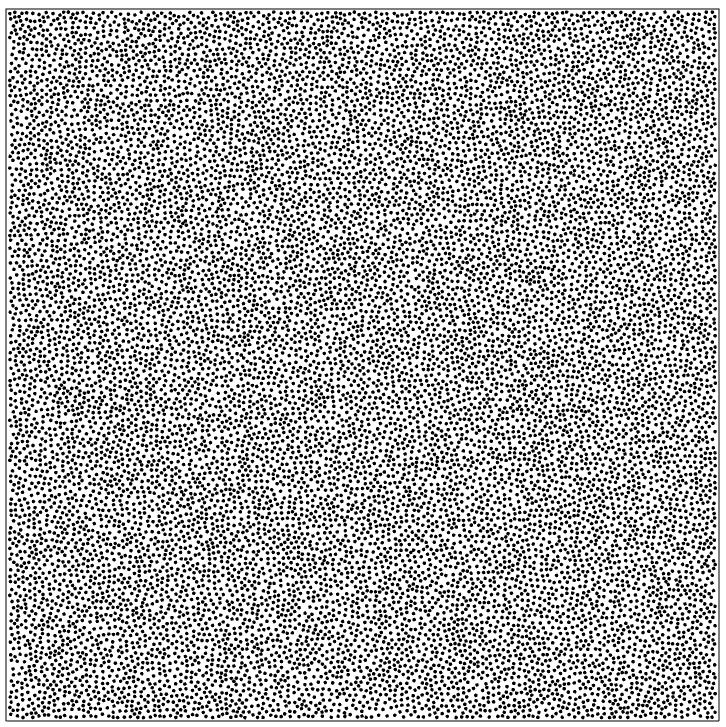What
This project seeks to practically apply Alan Turing's theoretical framework from The Chemical Basis of Morphogenesis. It illuminates how patterns and shapes in nature emerge through mathematical principles. Central to this exploration is morphogenesis—the process by which forms develop—which we aim to replicate in a tangible, non-digital environment. By doing so, we explore the generation of natural randomness and challenge the boundaries of how such concepts are typically applied beyond the digital realm.
This project seeks to practically apply Alan Turing's theoretical framework from The Chemical Basis of Morphogenesis. It illuminates how patterns and shapes in nature emerge through mathematical principles. Central to this exploration is morphogenesis—the process by which forms develop—which we aim to replicate in a tangible, non-digital environment. By doing so, we explore the generation of natural randomness and challenge the boundaries of how such concepts are typically applied beyond the digital realm.
Why
The prevalent use of computational tools by the design industry has led to a reliance on digital models that only are able to approximate the patterns found in nature. These algorithms, while effective in mimicking the aesthetic appearance of natural forms through the reaction-diffusion process, fail to capture their hidden complexities. By translating Alan Turing’s sophisticated model into a physical format, the exploration not only make its principles more accessible but also investigates whether patterns derived from an interaction with the natural have a complexity and organization which are not attainable through the use of simplified binary digital systems.
The prevalent use of computational tools by the design industry has led to a reliance on digital models that only are able to approximate the patterns found in nature. These algorithms, while effective in mimicking the aesthetic appearance of natural forms through the reaction-diffusion process, fail to capture their hidden complexities. By translating Alan Turing’s sophisticated model into a physical format, the exploration not only make its principles more accessible but also investigates whether patterns derived from an interaction with the natural have a complexity and organization which are not attainable through the use of simplified binary digital systems.
How
To materialize Turing's model, we delve into the microbial world using a medium composed of agar-agar mixed with carefully selected fallen leaves. This blend is poured into a square mold made from thermoplastic polyurethane (TPU). After resting on forest soil for a period ranging between 5 to 30 minutes to allow for initial microbial interaction, the mold is then placed in a controlled environment within a sterile box to foster growth. This growth is monitored until a desired pattern emerges. At the desired stage of pattern development, a specialized UVC light is employed to halt the decomposition process, preserving the exact composition of microbial growth, thus capturing a snapshot of Turing's theoretical principles in action.
To materialize Turing's model, we delve into the microbial world using a medium composed of agar-agar mixed with carefully selected fallen leaves. This blend is poured into a square mold made from thermoplastic polyurethane (TPU). After resting on forest soil for a period ranging between 5 to 30 minutes to allow for initial microbial interaction, the mold is then placed in a controlled environment within a sterile box to foster growth. This growth is monitored until a desired pattern emerges. At the desired stage of pattern development, a specialized UVC light is employed to halt the decomposition process, preserving the exact composition of microbial growth, thus capturing a snapshot of Turing's theoretical principles in action.
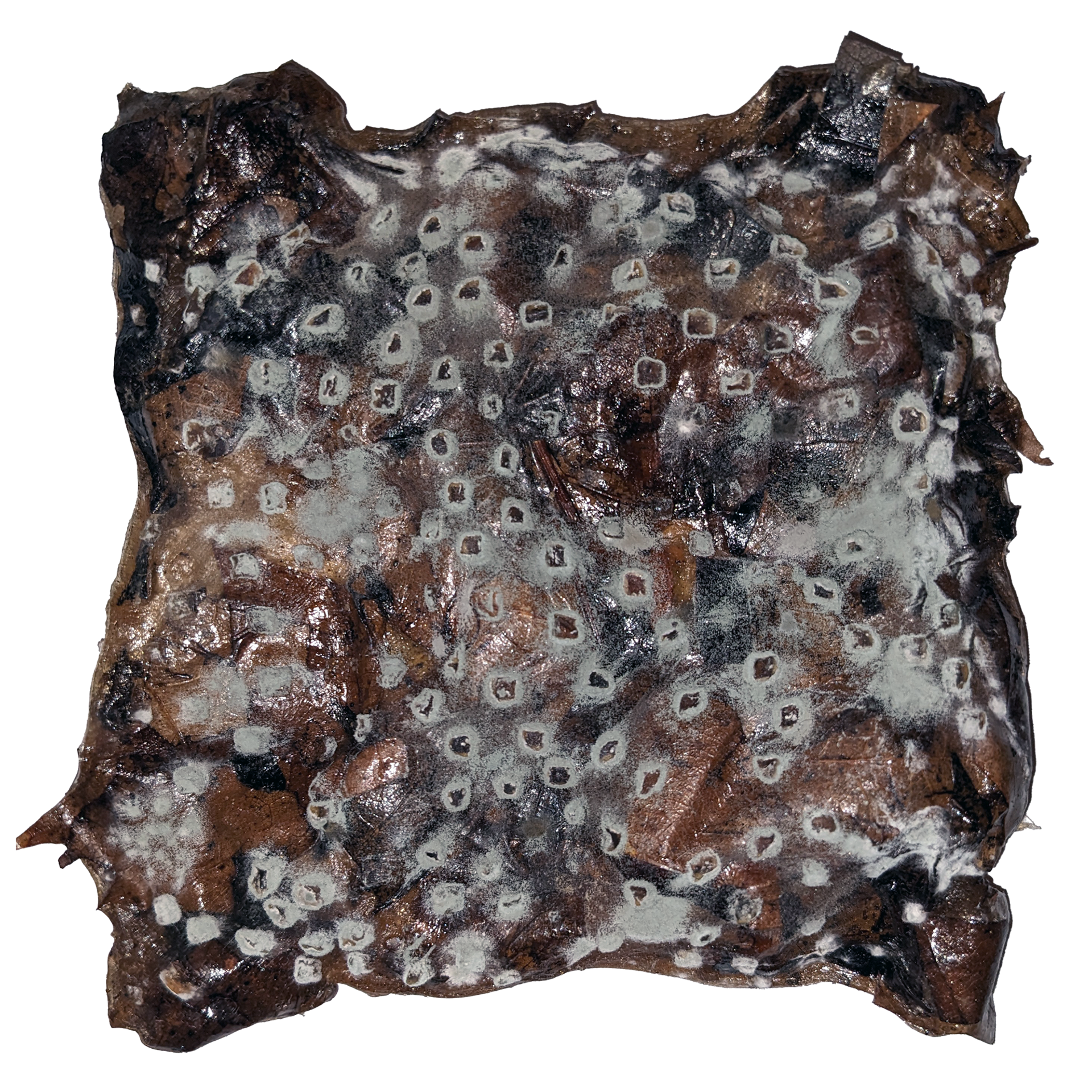
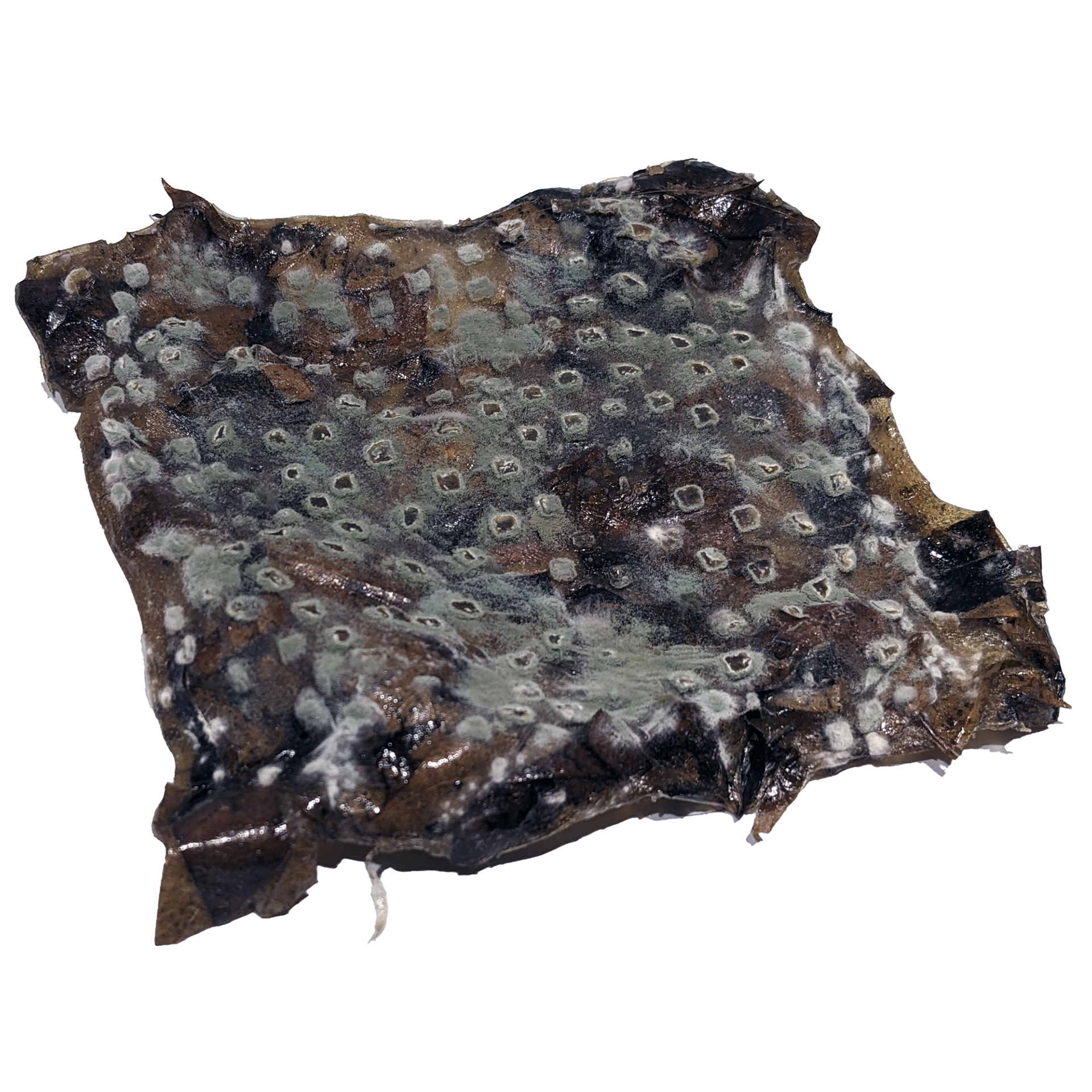
self build XY plotter(arduino controlled) to imprint pattern.
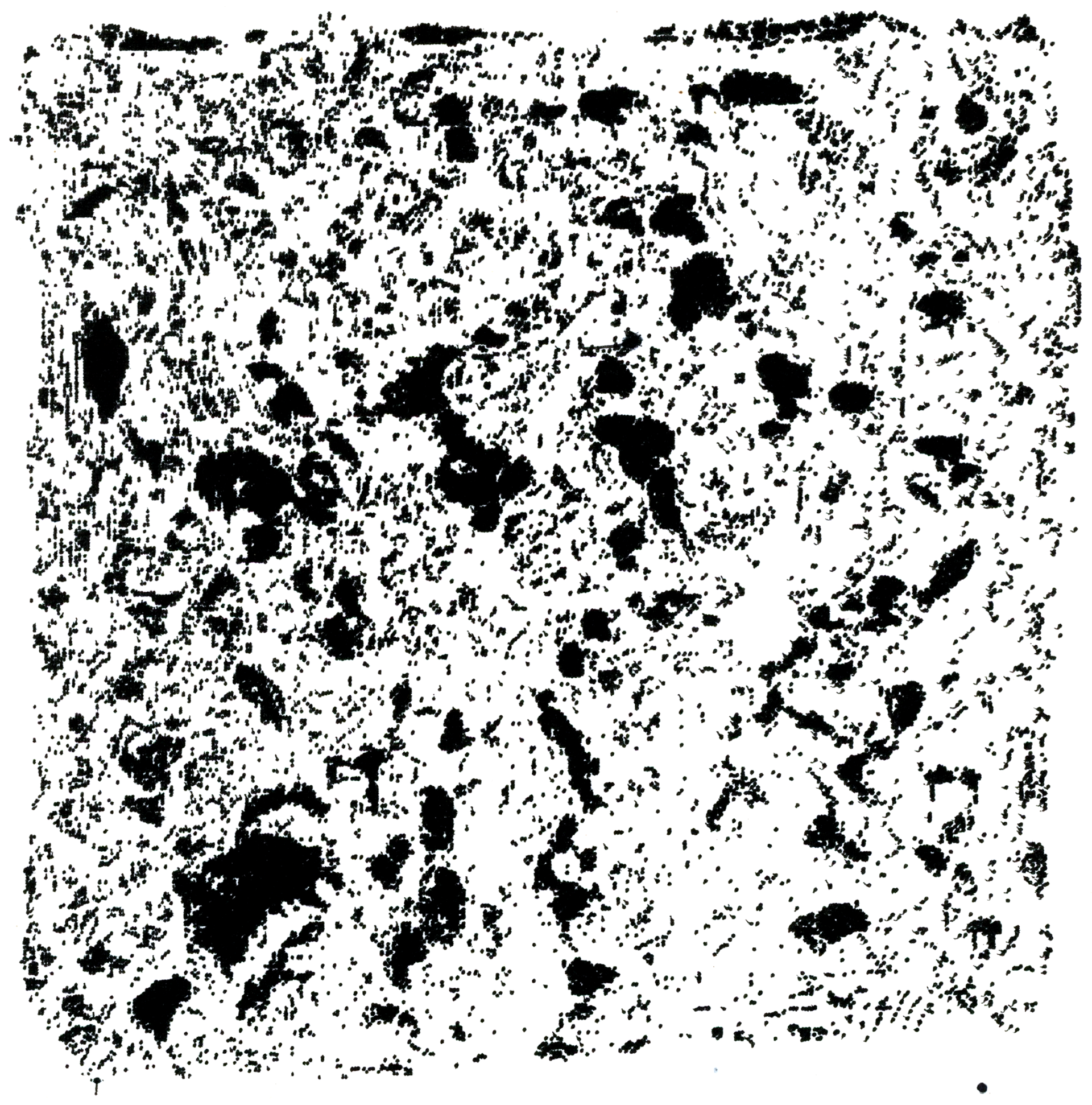

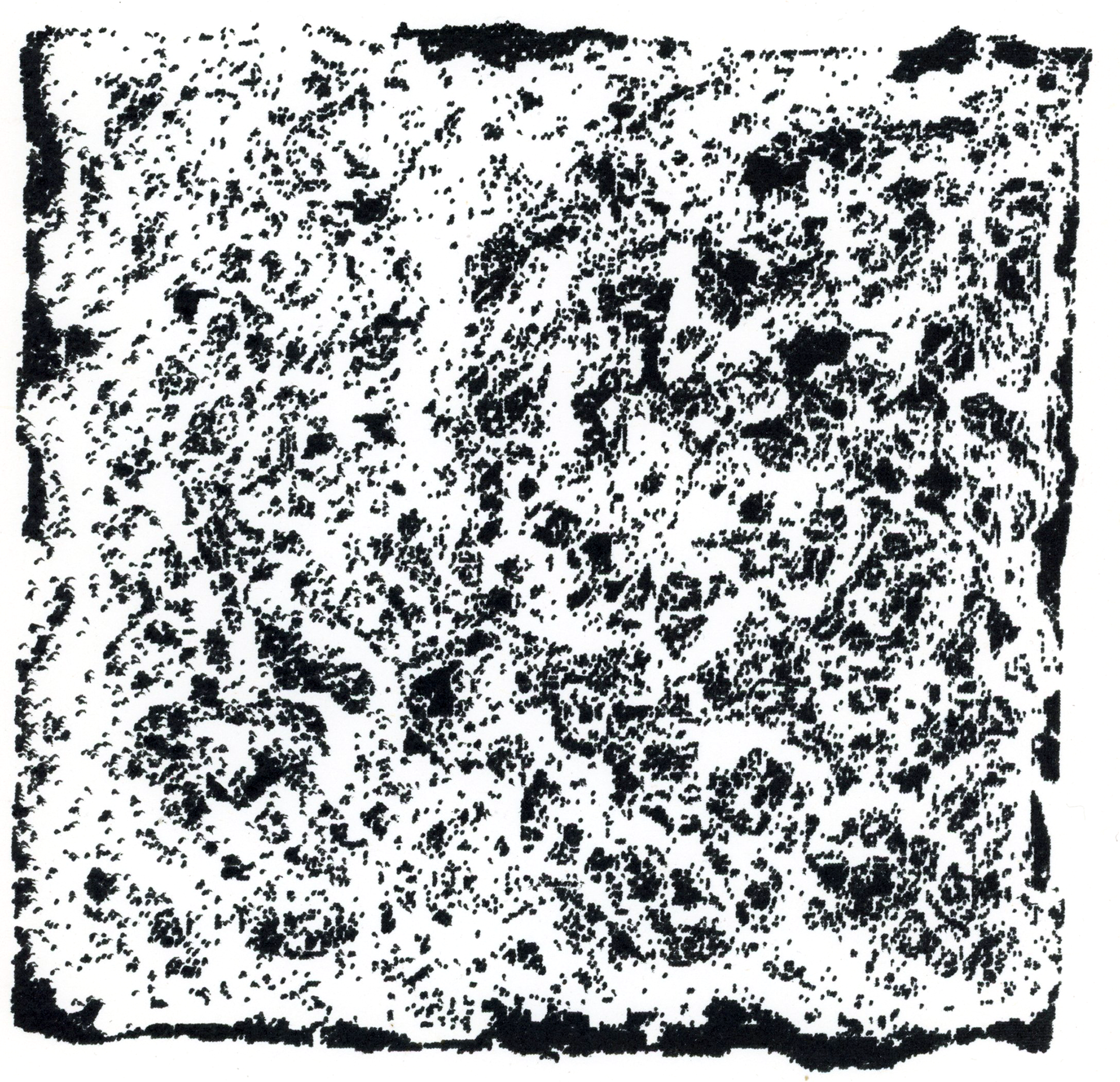

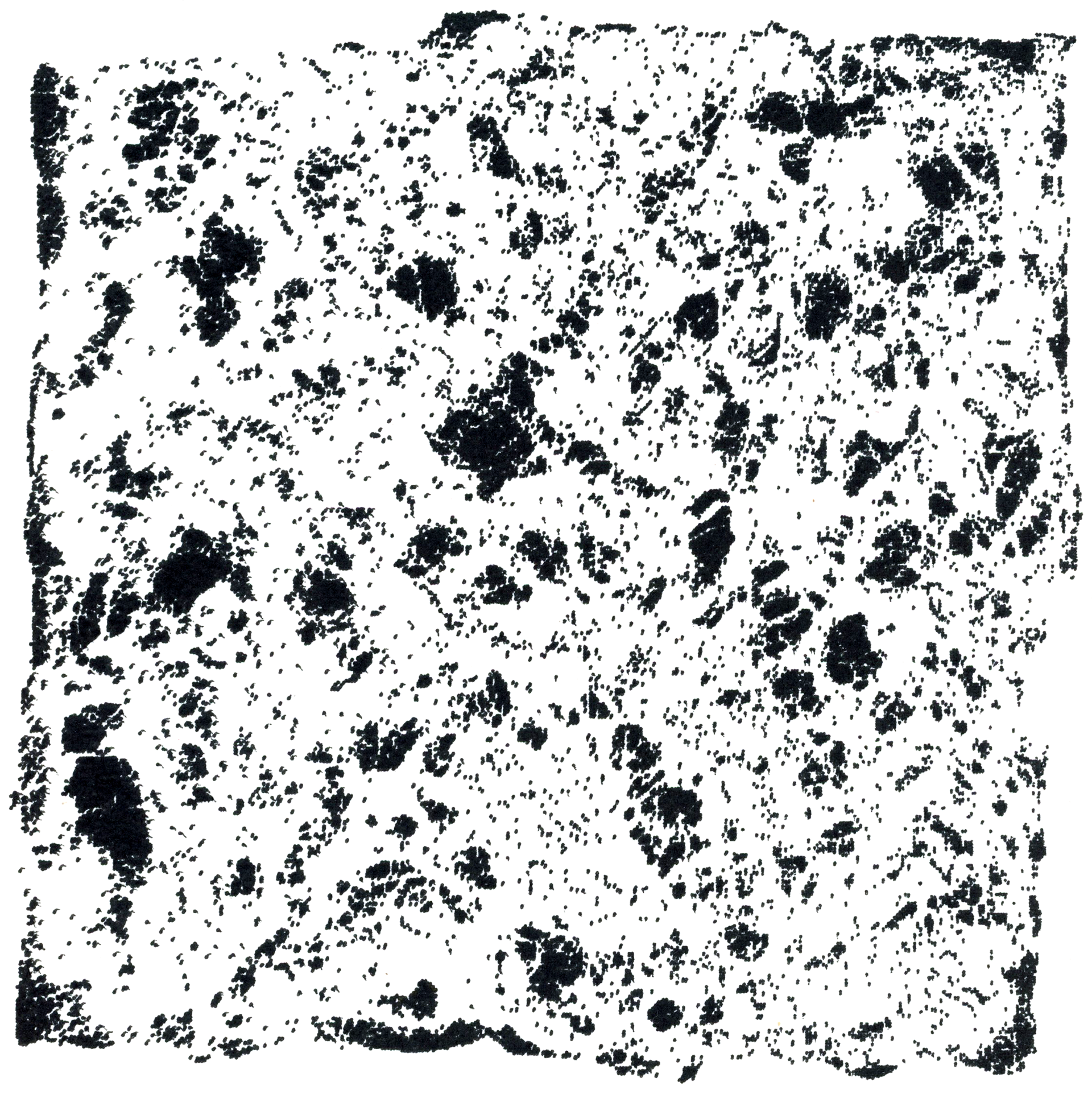

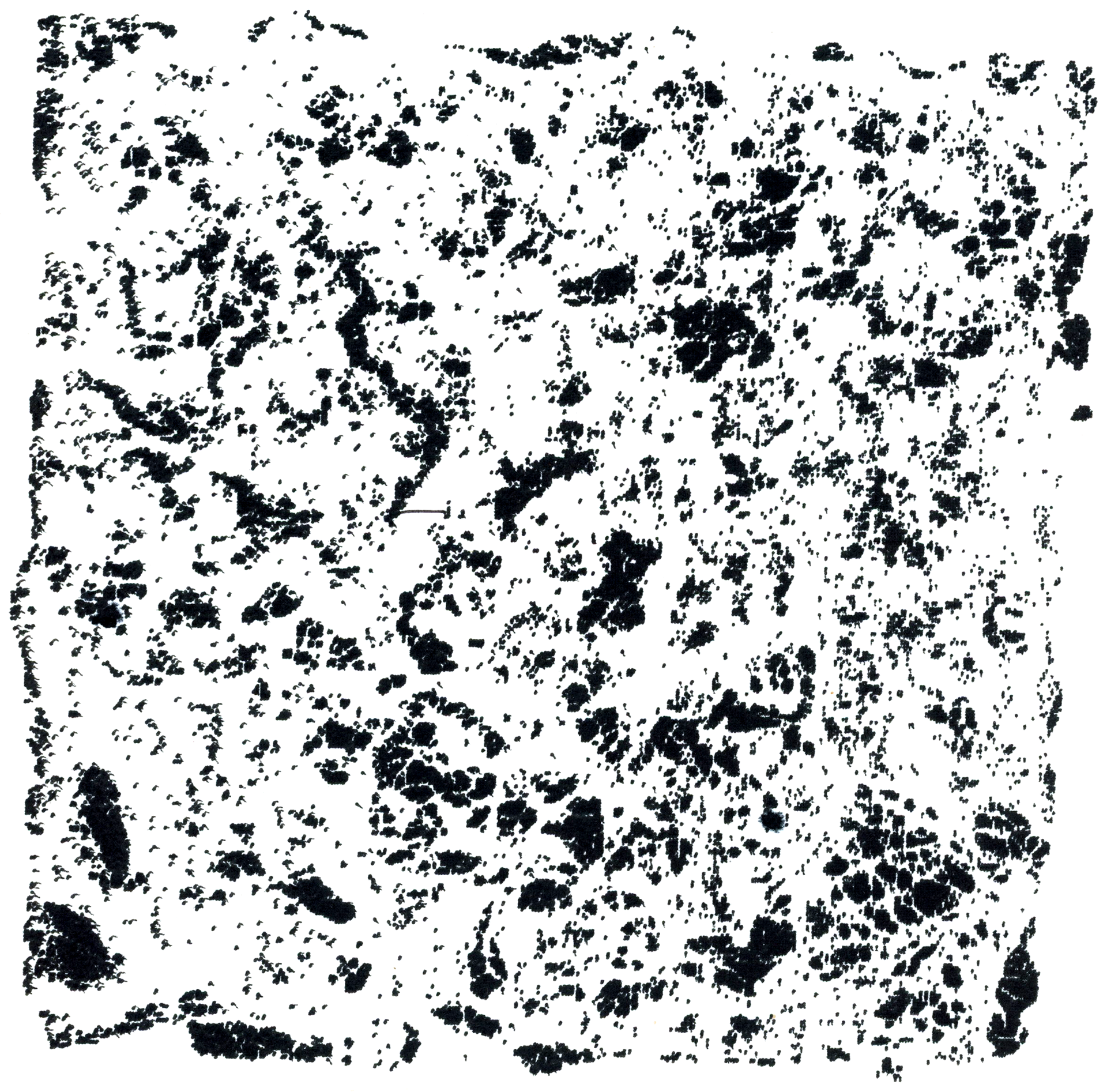
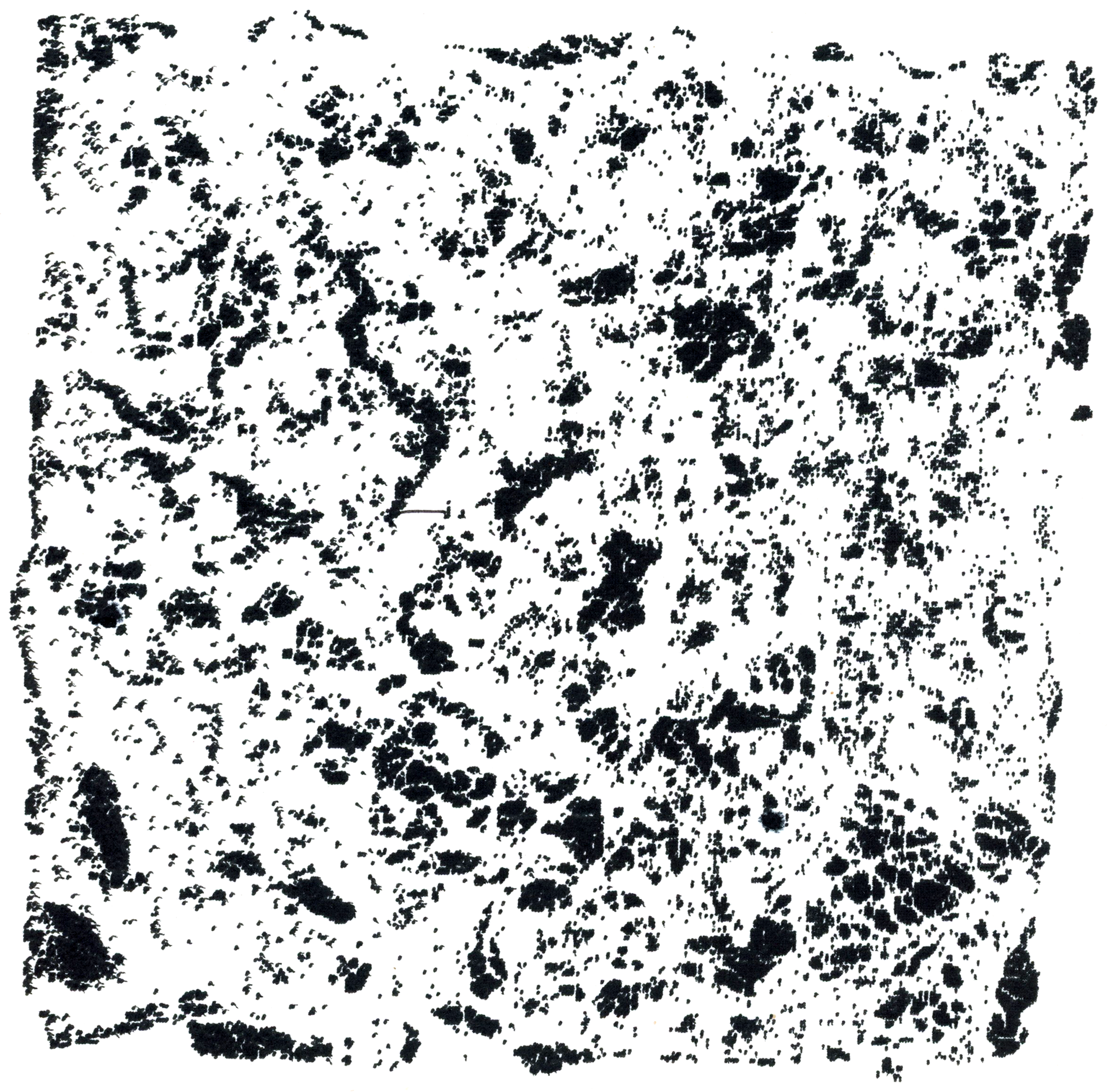
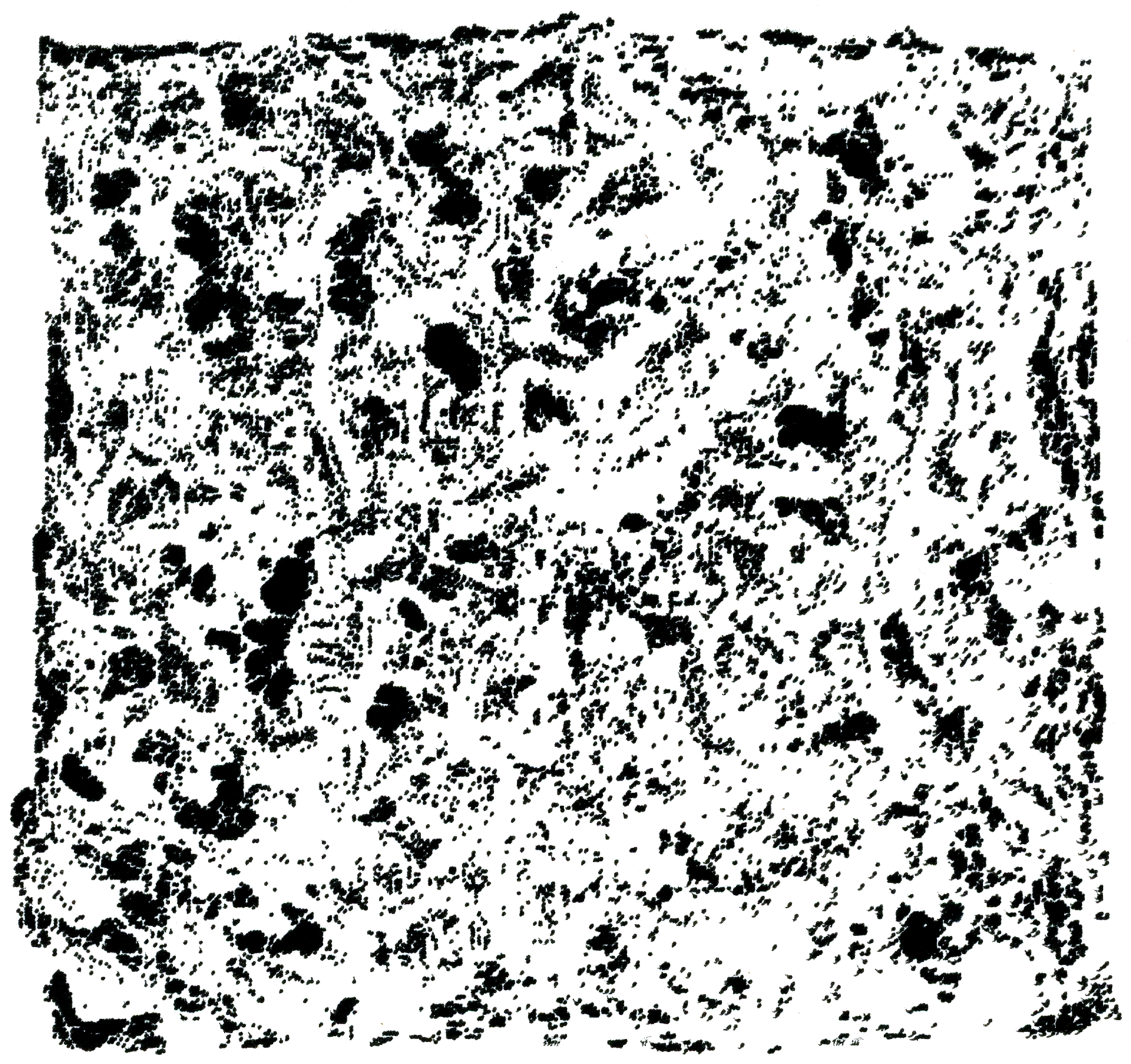
As a comparision below are examples of computer generated randomness (using phythons random() module), generating the exact same amount of dots (15 000) within a square of 400pixels. The binary randomness shows far less interconnectivity between the dots as opposed to the presented technique of natural randomness derived from an interplay between nature and technology.
